Looking to develop your film photos? Here are 8 labs in M’sia that might be worth a shot.

Although high-spec phone cameras and even nostalgic digital cameras are commonplace nowadays, there’s still a group of people who love and appreciate the trusty old film camera. If you’re someone who is a part of this group (or wants to get into it), you might be looking for studios who can process your images. Here […]
We had the OPPO-rtunity to test the slimmest foldable phone on the market priced at RM7,999

It’s as light as a coffee cup. Given, this is a very vague statement, since that could refer to a 20-ounce Venti latte, or just a half-empty paper to-go cup. But that’s exactly how OPPO describes their latest Find N5 foldable. They also describe it to be as slim as a pencil, at 8.93 mm. […]
“Nobody has a monopoly on good ideas”: PAP ministers on having more opposition voices in Parliament

Singaporeans will head to the polls this Saturday, May 3, in what may be the most unpredictable General Election in the nation’s history. The ruling People’s Action Party (PAP), which has governed Singapore since independence, is facing a more competitive political landscape than ever before, with the opposition parties making steady gains in the last […]
If you think that lowering the eligibility age for singles to BTO is good, think again

Disclaimer: Unless otherwise stated, any opinions expressed below belong solely to the author. In every Singaporean’s life, there comes a time when housing becomes a key concern. For couples, it’s not uncommon for the question: “Do you want to BTO together?” to actually mean “Will you marry me?” Even for those without a partner, moving […]
2025 is All About CX: And Here’s What Trends Your Business Needs to Follow

The way we buy and sell products and services has changed dramatically in recent years, with more people than ever turning to online options over traditional in-store experiences. Yet despite these shifts, one thing remains the same: customers still expect exceptional experience. In today’s fiercely competitive market, a poor customer journey can drive people away […]
What will the next Parliament look like? Here are the most likely outcomes & distribution of seats.

Disclaimer: Any opinions expressed below belong solely to the author. The Singapore General Election campaign ends today with the cooling-off day following tomorrow and the final vote on Saturday. I have commented on the electoral chances of candidates in specific constituencies in my articles published over the past few weeks, so in this final summary, […]
Are business bank loans the right fit for you? The pros & cons every M’sian SME should know.
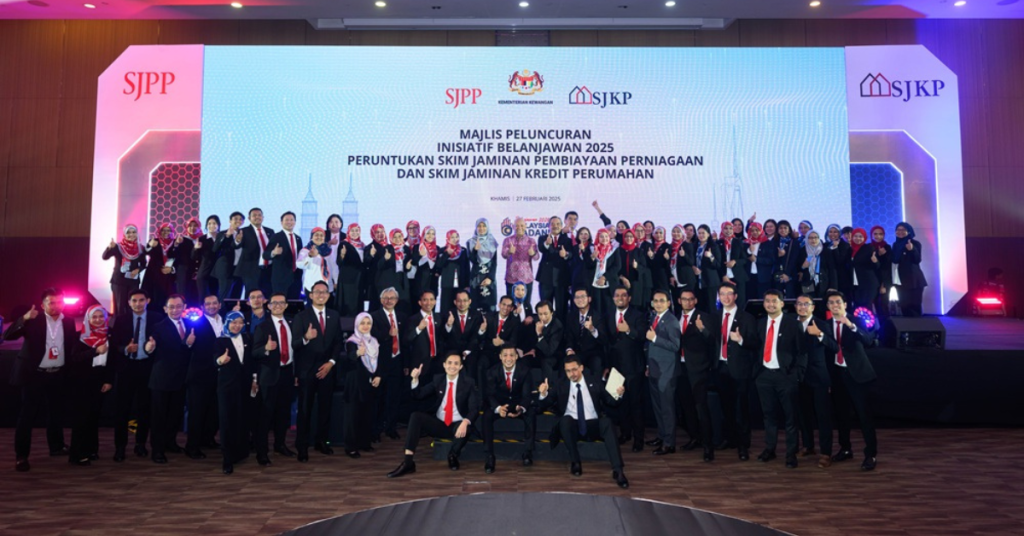
[This is a sponsored article with Syarikat Jaminan Pembiayaan Perniagaan (SJPP).] Disclaimer: This article is for educational and informational purposes only. It is not intended to be a substitute for financial advice. Readers are encouraged to do their own research before arriving at any conclusions based solely on this content. Vulcan Post disclaims any reward […]
It started from her home kitchen, now this S’porean’s macaron biz’s revenue is in the millions

Annabella Sonwelly once crunched numbers in a bank. Today, she calculates meringue ratios and perfects macaronage techniques. It all started back in 2008, during a trip to Paris, when she stumbled upon Laduree—the high-end French patisserie renowned for its signature double-shell macarons. The brand’s exquisite flavours enchanted her so much that it sparked a determination […]
Singapore at 60: How does it compare to when it was 50, 40, 30, 20 & 10? Here are the numbers.

Disclaimer: Unless otherwise stated, any opinions expressed below belong solely to the author. As Singaporeans head to the polls on May 3, it will mark the nation’s 14th General Election since independence in 1965—fittingly, in the year Singapore turns 60. Let’s take a look at how the country has changed over that time, using the […]
After 117 yrs of doing business in M’sia, Siemens launches new HQ & experience centre in KL

The year was 1847 when Siemens first got its start. It took a couple of decades, but the German company eventually made its way into Malaysia. Specifically, it was 1899 when Siemens & Halske first sent representatives to explore opportunities in the Straits Settlements. It took nearly another decade in 1908 until Siemens made its […]
This M’sian left a 10-yr career to build a pineapple tart biz using his mum’s 40+ Y/O recipes
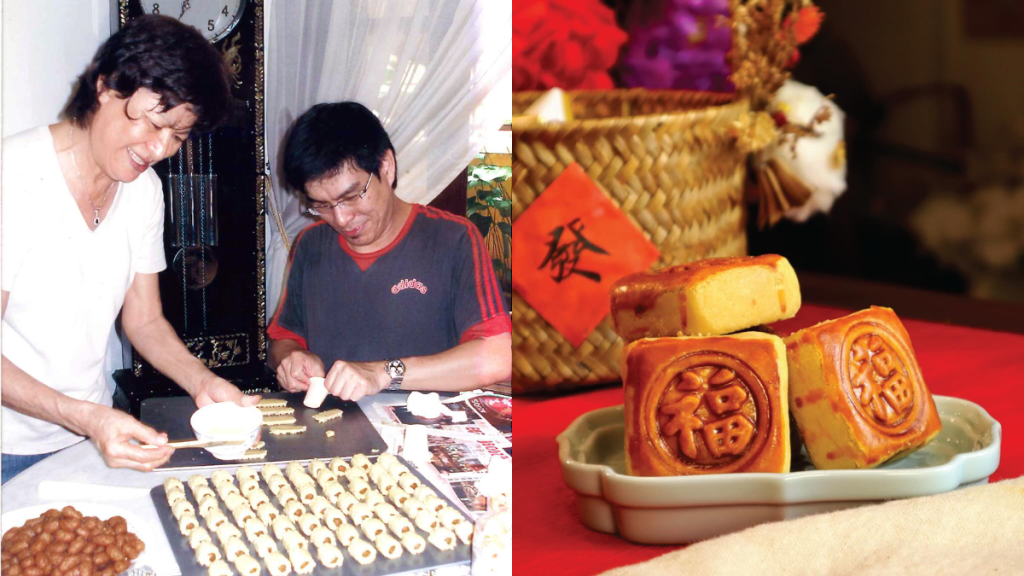
Many of us would do much in the way of carrying on the family legacy, sharing the teachings and stories of our parents with our children and grandchildren. After all, is that not how progress is made? David Wong, however, takes it one step further. From home kitchens and family recipes “My earliest memory of […]
This S’wakian quit engineering to pursue F&B, now his Kuching restaurant has expanded to KL

Located in SS4, Oregano Cafe is a cosy fusion restaurant created by an ice cream cafe by the name of Affogato. Interestingly, though, Affogato is not in the Klang Valley area, but in Kuching, which is where the OG Oregano is still standing today. Behind Oregano is Hamizan Zaidi (Mizan), who also hails from Kuching, […]
“The money is staring at us”: Lim Tean on how PAR plans to fund free healthcare & education

As the 2025 General Election heats up, political parties across Singapore have unveiled their manifestos, each outlining plans to address pressing national concerns—and chief among them is the rising cost of living. Among the boldest proposals so far is that of the opposition coalition, the People’s Alliance for Reform (PAR)—Secretary-General Lim Tean pledged that, if […]
MITI allegedly “stole” an agency’s design—here’s what creatives can do to protect their work.

Disclaimer: This article is for general informational purposes only and is not meant to be used or construed as legal advice in any manner whatsoever. All articles have been scrutinised by a practising lawyer from Tristan & Partners to ensure accuracy. Last week, designer Fey Ilyas took to social media to allege that the Malaysian […]
This 70 Y/O M’sian makes unique watches that marry Swiss precision with local culture
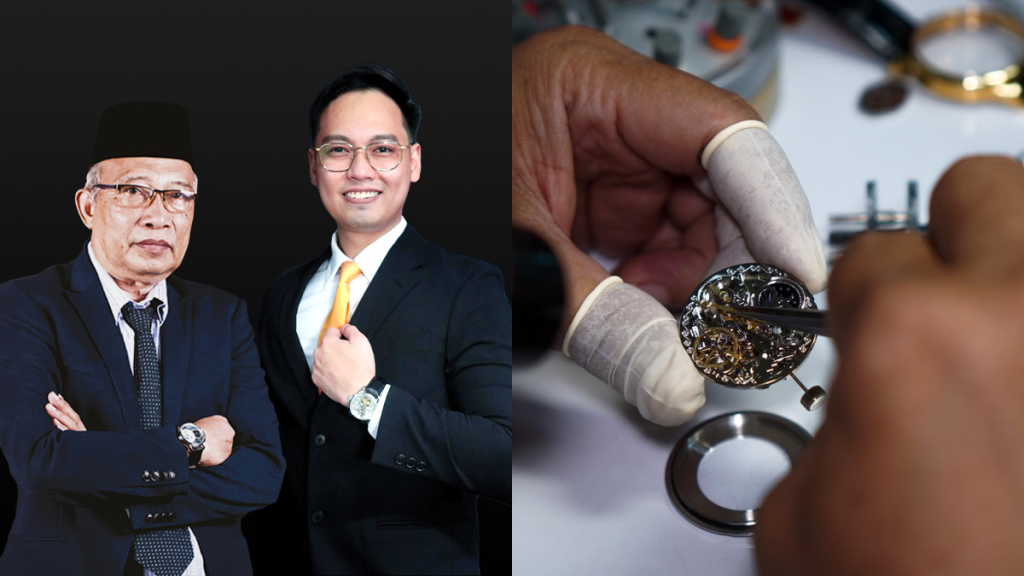
From pursuing mechanical engineering in university to running his own watch business with his son, Tuan Haji Zainal Mohd Ali has come a long way since his beginnings in Melaka. Now, with his sight on the global stage, the septuagenarian hopes to raise the local horology scene with it, without compromising his brand, Fateh Watches’ […]
GE2025: From jobs to housing, where does each party stand on bread-and-butter issues?

Over the last two weeks, the different political parties in Singapore have been pushing out their manifestos. If you don’t know what a manifesto is, it’s essentially a public declaration of policy and aims, especially one issued before an election by a political party or candidate. In their manifestos, the parties outlined their political beliefs […]
GE2025: Four constituencies where even PAP ministers will face a tough fight

Disclaimer: Opinions expressed below belong solely to the author. With the General Election just a few days away, it’s clear that different constituencies present a different challenge for incumbents from the PAP, WP and PSP. The ruling party has the advantage of being able to field cabinet ministers, who run the country and are visible […]
Can businesses legally ban or turn a customer away in Malaysia? Here’s what the law says.

Disclaimer: This article is for general informational purposes only and is not meant to be used or construed as legal advice in any manner whatsoever. All articles have been scrutinised by a practising lawyer from Tristan & Partners to ensure accuracy. If you’ve been around the internet in any capacity, then you’ve no doubt at […]
This SS2 cafe was recognised as the “best” coffee shop in Malaysia. Here’s their story.
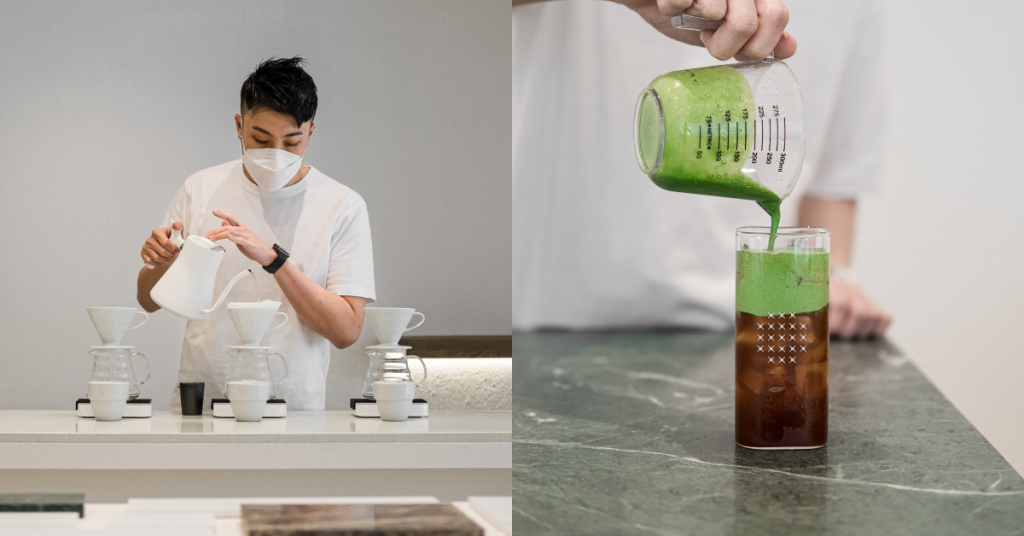
A couple months ago, a new global award took the world of coffee by storm—The World’s 100 Best Coffee Shops. One Malaysian business emerged in the top 10 of that list of 100, sitting at ninth in the world. And that business is ONO Specialty Coffee & Matcha in SS2. A master brewer Shaun Liew […]
Ong Ye Kung: Singapore must be decisive, but with checks & balances

It was just yesterday (April 23) that the candidates for the general elections were announced, and things are heating up. From a shocking walkover to multi-cornered fights, Singapore is expecting fierce contests between political parties for potential parliamentary seats, with numerous factors influencing the outcome. Singaporeans are concerned about the US tariffs An issue that […]
GE2025: Singapore could have 4 parties in the Parliament, as SDP tries to break the dry spell

Disclaimer: Opinions expressed below belong solely to the author. In 2020, Singapore saw a third party enter Parliament, with the Progress Singapore Party (PSP) securing two Non-Constituency Member of Parliament (NCMP) seats after narrowly losing to the People’s Action Party (PAP) in the tightly contested West Coast GRC. This year, another surprise could be in […]
GE2025: What is a sample count and is it even accurate?
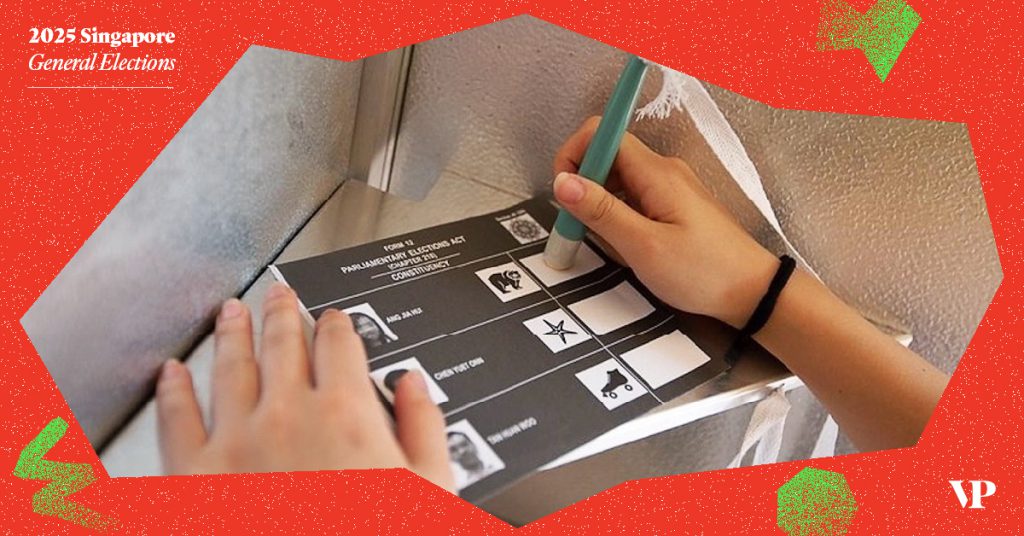
Singapore is well into the election season and is set to hold its general election (GE) on May 3. Now that we are about a week away from Polling Day, here’s an explainer on a sample count—what is it and how does it differ from the election result? After all the votes are cast, Singaporeans […]
An ode to my fave K-BBQ spot in Ara Damansara, who won’t reply to my interview questions
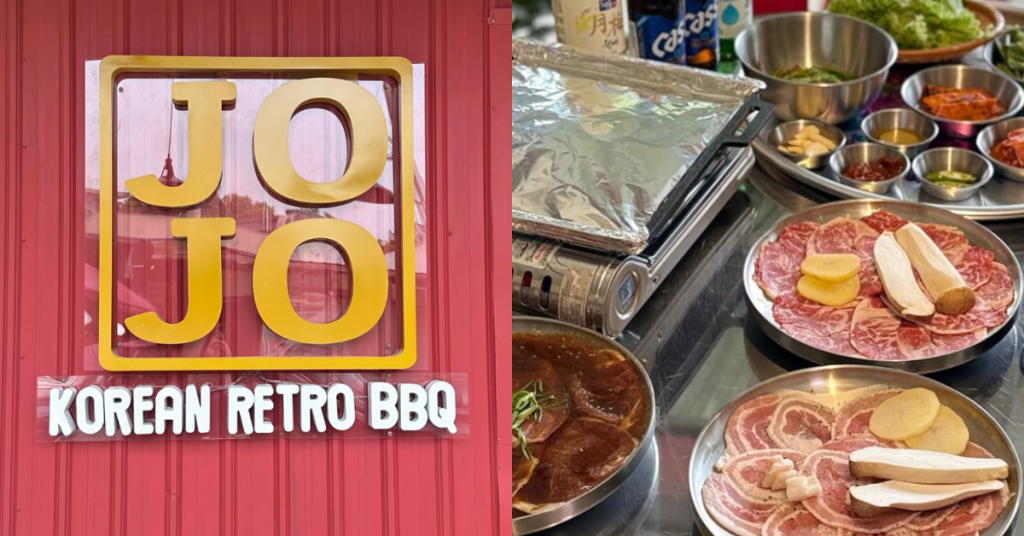
One fateful day five months ago, I came across a post promoting a new Korean restaurant by the name of Jojo Sikdang in Ara Damansara. The food looked good, and I frequent that area, so it was a no-brainer to try. At the same time, I wanted to reach out and have an interview with […]
How this M’sian ended up opening a fresh pasta bar on the 3rd floor of a a PJ office building
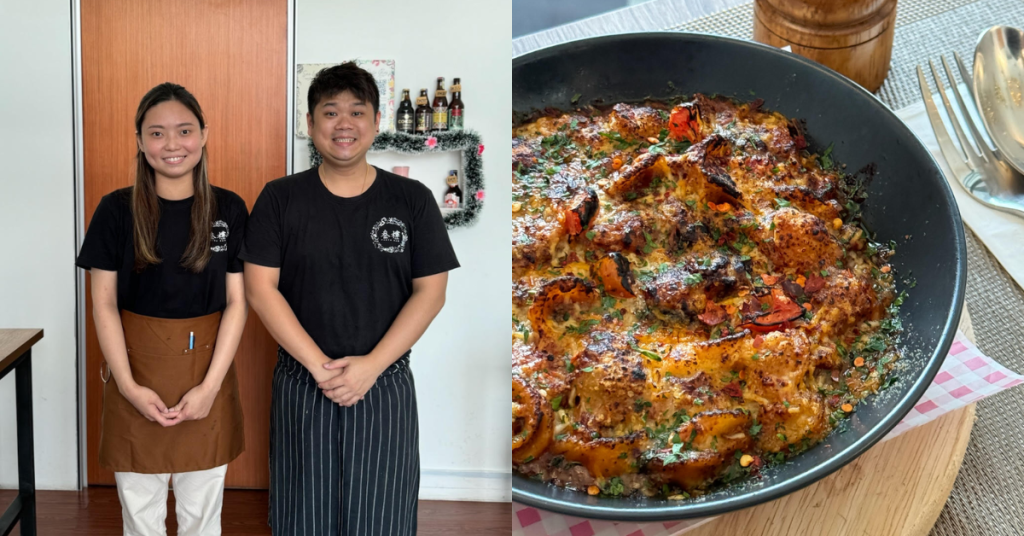
The third floor of an office building in PJ might seem like an unlikely spot to find freshly made pasta, but that’s exactly where you’ll find San Lou Pasta Bar. Behind the pasta bar is 32-year-old Stephen, whose journey in F&B started a long time ago. Growing up in Mentakab, a small town in Pahang, […]
These M’sians hope to make tuak our national liquor by bringing them into Klang Valley bars

Over the years, my drink of choice has evolved significantly. From the broke college days of vodka and coke to having a glass (or two) of Moscato every other night, my choice of poison has reflected my state of life, being a loyal evolving companion throughout my journey (you might see this as addiction, I […]
Handwritten names and empty stages: How GE2025 took an unexpected turn

Nomination Day for GE2025 will likely be remembered as one of the most eventful in recent memory—defined not by spectacle or fiery speeches, but for the quiet calculations, last-minute reshuffles, and one particularly unexpected walkover that reshaped the electoral map. Behind the scenes, both the People’s Action Party (PAP) and the Workers’ Party (WP) engaged […]
She grew her home-based biz into a cafe that catered IU and SUJU’s S’pore shows, here’s how

She had a career in the skies, but it was lost overnight when COVID-19 hit. Instead of feeling demoralised, Chanel Li decided to turn to something she had enjoyed from a young age—baking—as a way to tide her through the tumultuous period. From her home kitchen, she started Whisking Bakes in 2020, selling basque burnt […]
GE2025: Punggol GRC is the Workers’ Party’s biggest opportunity but also the toughest fight

Disclaimer: Opinions expressed below belong solely to the author. When the PAP unveiled its Marine Parade–Braddell Heights GRC slate just two days before Nomination Day, I noted that the lineup was so formidable that the Workers’ Party might rethink going head-to-head. And yesterday, Singapore’s largest opposition party did just that—surprising many with a last-minute pivot. […]
This biz helps brands in M’sia reach cities & kampungs with its 38k+ retail network
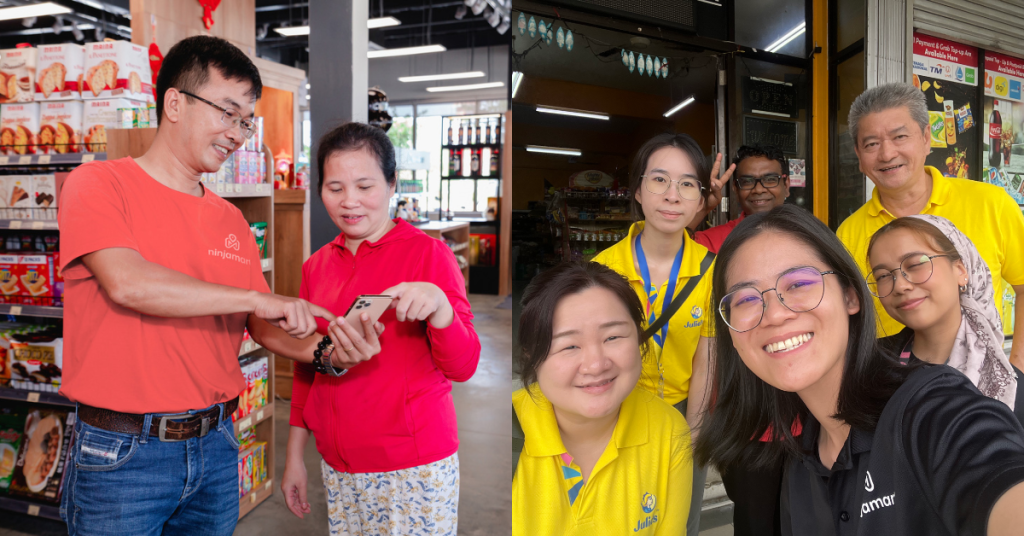
[This is a sponsored article with Ninja Mart.] Even in this day and age when ecommerce is increasingly contributing to Malaysia’s GDP, the importance of having an in-store presence cannot be understated. It’s that emotional connection of being able to see and touch the packaging in person that can help customers envision the product as […]
American names, Malaysian pride: Why these 6 local brands use names referencing the US
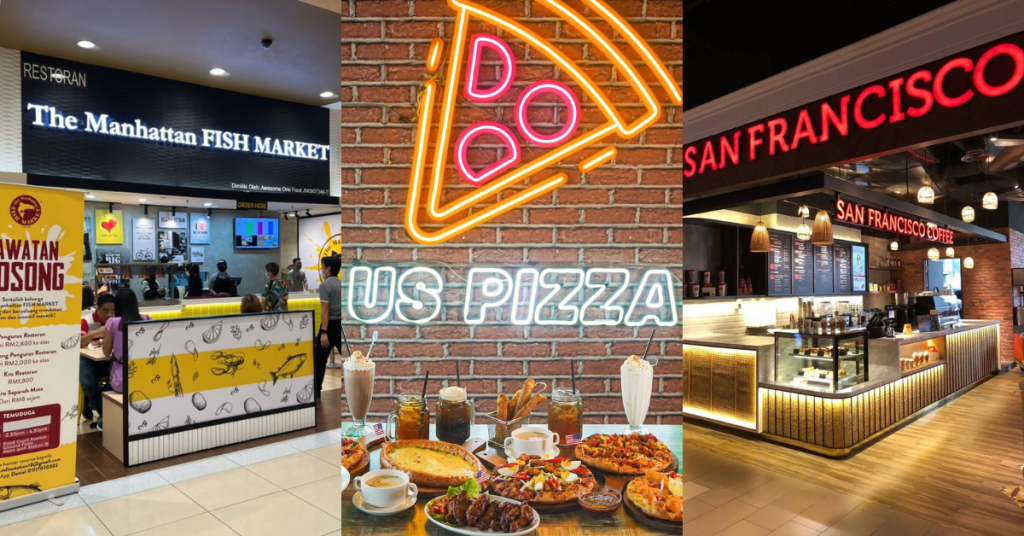
If you’ve been reading the news for the past couple of years, then you might’ve gotten the idea that the general opinion of America isn’t exactly the best at the minute. Take for instance the Israel-Palestine conflict which lit the spark for many Malaysians to boycott big name American brands such as Starbucks and KFC, […]

